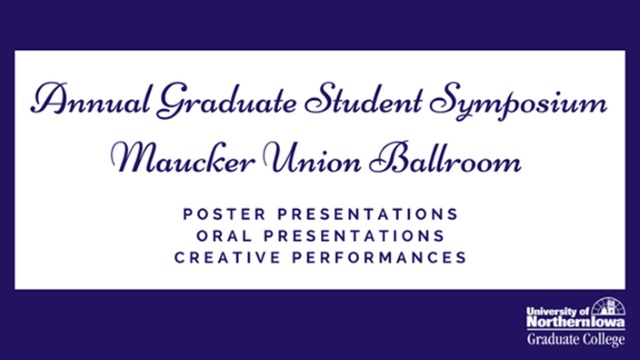
Complete Schedule
Accuracy in Perception of Police Activities
Presentation Type
Poster Presentation (Electronic Copy Not Available)
Keywords
Police--Public opinion; College students--Attitudes;
Abstract
I plan to compare participant responses on police activities to archival data from the Bureau of Justice Statistics (BJS). I plan to assess participants (college students) on how much time they believe police spend on certain activities. They will fill in the blanks to questions, and I will compare these responses to actual data on police activities taken from surveys from the BJS (BJS, 2002; Eith & Durose, 2011) regarding police contact with the public (data originally compiled by the Census Bureau then put into the report by Eith and Durose). Participants will also respond to demographics, including political orientation, trust in police, how much they believe police over-arrest (or not) minorities, and an open-response measure about their views toward police officers. I also plan to compare participant police approval to the current national average found by Gallup polls (McCarthy, 2016). I hypothesize that participants will overestimate how much police use force (deadly or otherwise) and underestimate other activities, and that liberals will overestimate police use of force more than conservatives. I also suspect that my participants' average approval rating for police officers will be similar to the most recent Gallup poll. An illusory correlation between police officers and violence, where someone misattributes how much a group performs certain activities, could have a negative effect on police-public relations and affect how people respond to them. Data are currently being collected for this project.
Start Date
3-4-2018 11:00 AM
End Date
3-4-2018 1:30 PM
Faculty Advisor
Kimberly Maclin
Department
Department of Psychology
Copyright
©2018 Chelsea Washburn
Embargo Date
3-30-2018
Accuracy in Perception of Police Activities
I plan to compare participant responses on police activities to archival data from the Bureau of Justice Statistics (BJS). I plan to assess participants (college students) on how much time they believe police spend on certain activities. They will fill in the blanks to questions, and I will compare these responses to actual data on police activities taken from surveys from the BJS (BJS, 2002; Eith & Durose, 2011) regarding police contact with the public (data originally compiled by the Census Bureau then put into the report by Eith and Durose). Participants will also respond to demographics, including political orientation, trust in police, how much they believe police over-arrest (or not) minorities, and an open-response measure about their views toward police officers. I also plan to compare participant police approval to the current national average found by Gallup polls (McCarthy, 2016). I hypothesize that participants will overestimate how much police use force (deadly or otherwise) and underestimate other activities, and that liberals will overestimate police use of force more than conservatives. I also suspect that my participants' average approval rating for police officers will be similar to the most recent Gallup poll. An illusory correlation between police officers and violence, where someone misattributes how much a group performs certain activities, could have a negative effect on police-public relations and affect how people respond to them. Data are currently being collected for this project.


